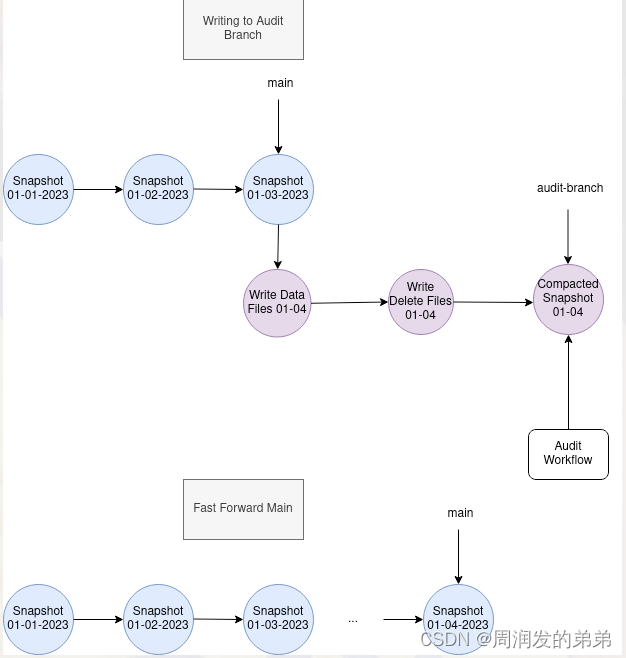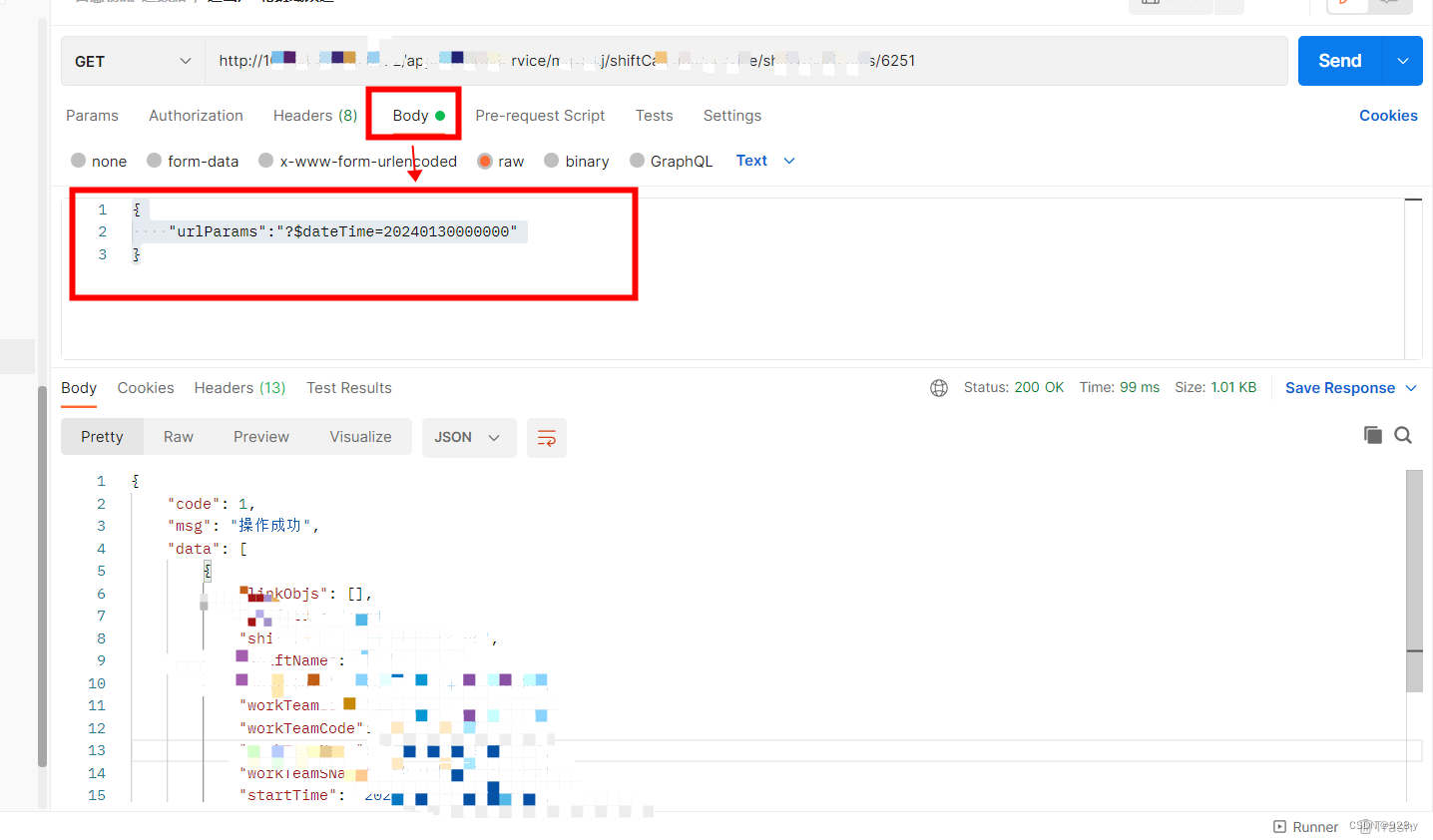
1、调用方式
String url ="http://ip/xxx/zh/xxxxx/xxxx/userCode";
//进行url中的对应的参数
url2 =url2.replace("ip",bancirili);
url2 =url2.replace("zh",zh);
url2 = url2.replace("userCode",userCode);String dateTime = xxxx;
//组装请求体
String requestBody = "{\"urlParams\":\"?$dateTime=" + dateTime + "\"}";
//get-发送带body的请求
Map<String, String> stringStringMap = HttpClientUtils.httpGet(url, requestBody);//获取请求到的数据,当前为json
String body = stringStringMap.get("body");//使用Gson将响应数据转换为实体对象
Gson gson = new Gson();
//MqShiftResponse为JSON结构,
//例如 code,msg,List<MqShift>,此处从MqShiftResponse 解析出MqShift存至List
MqShiftResponse responseData = gson.fromJson(body,MqShiftResponse.class);
List<MqShift> shiftList = responseData.getData();有公司自己的工具类(json转为实体)解析也可以
2、工具类(get发送Body传参-工具类)
public static Map<String, String> httpGet(String url, String requestBody) {RequestConfig requestConfig = RequestConfig.custom().setConnectTimeout(5000) // 设置连接超时时间为5秒.setSocketTimeout(5000) // 设置请求超时时间为5秒.build();CloseableHttpClient httpClient = HttpClients.createDefault();HttpPost httpPost = new HttpPost(url);httpPost.setConfig(requestConfig);httpPost.setEntity(new StringEntity(requestBody, ContentType.APPLICATION_JSON));Map<String, String> resultMap = new HashMap<>();try {HttpResponse httpResponse = httpClient.execute(httpPost);HttpEntity httpEntity = httpResponse.getEntity();String body = null;int status = 400;status = httpResponse.getStatusLine().getStatusCode();if (null != httpEntity) {body = EntityUtils.toString(httpEntity);}resultMap.put("status", String.valueOf(status));resultMap.put("body", body);} catch (ClientProtocolException e) {e.printStackTrace();log.error("发送请求失败", e);throw new RuntimeException("发送请求失败", e);} catch (IOException e) {e.printStackTrace();log.error("IO异常", e);throw new RuntimeException("IO异常", e);} finally {try {//关闭流,释放资源if (httpClient != null) {httpClient.close();}} catch (IOException e) {e.printStackTrace();}}return resultMap;}
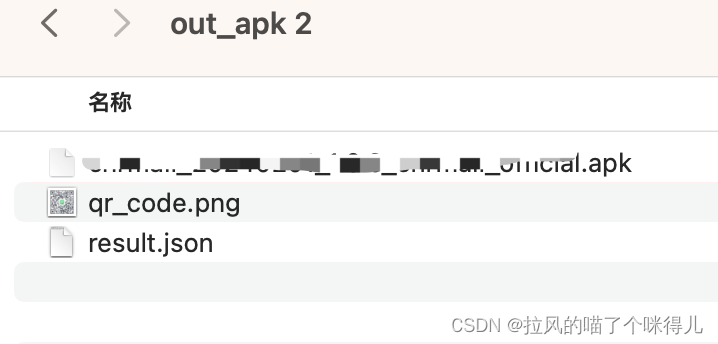

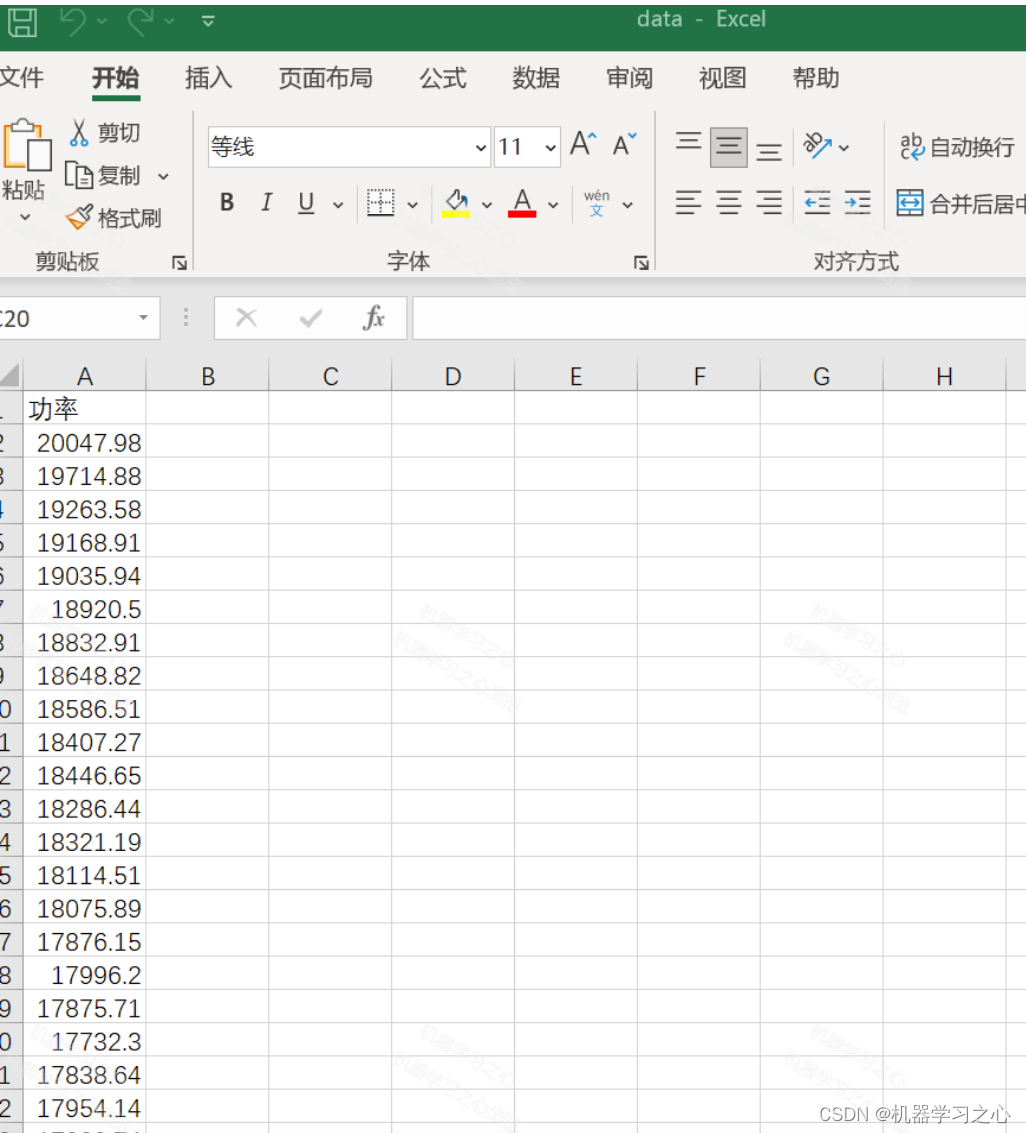
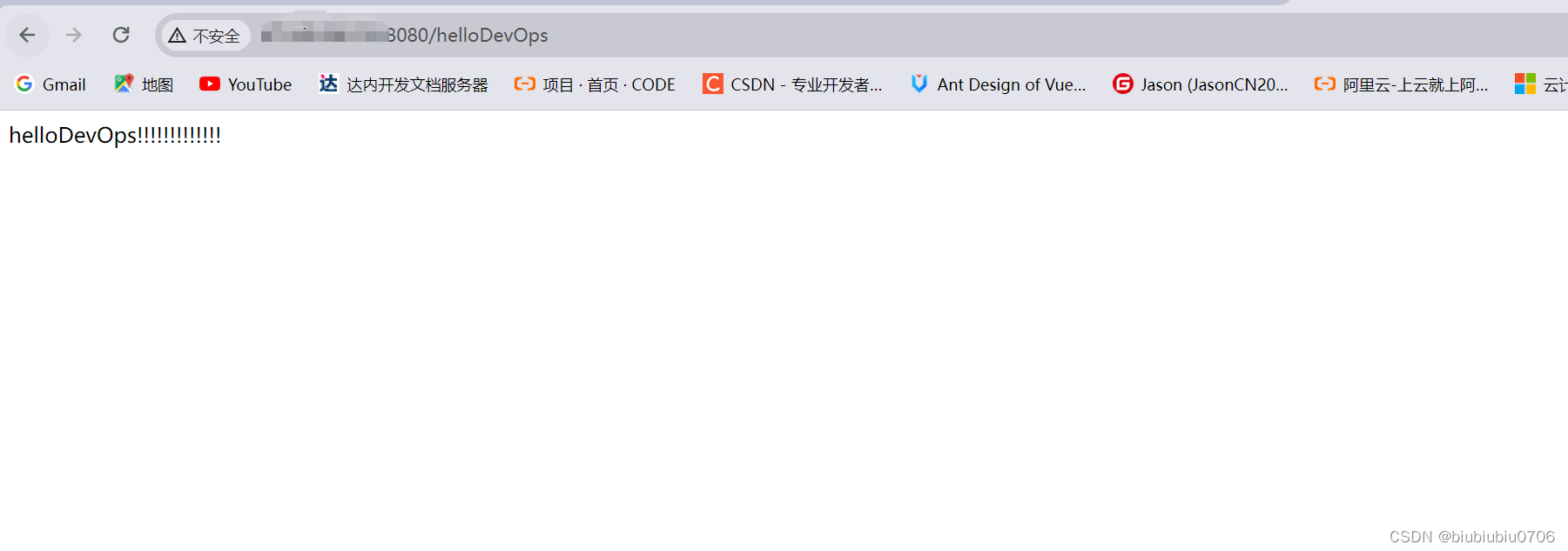
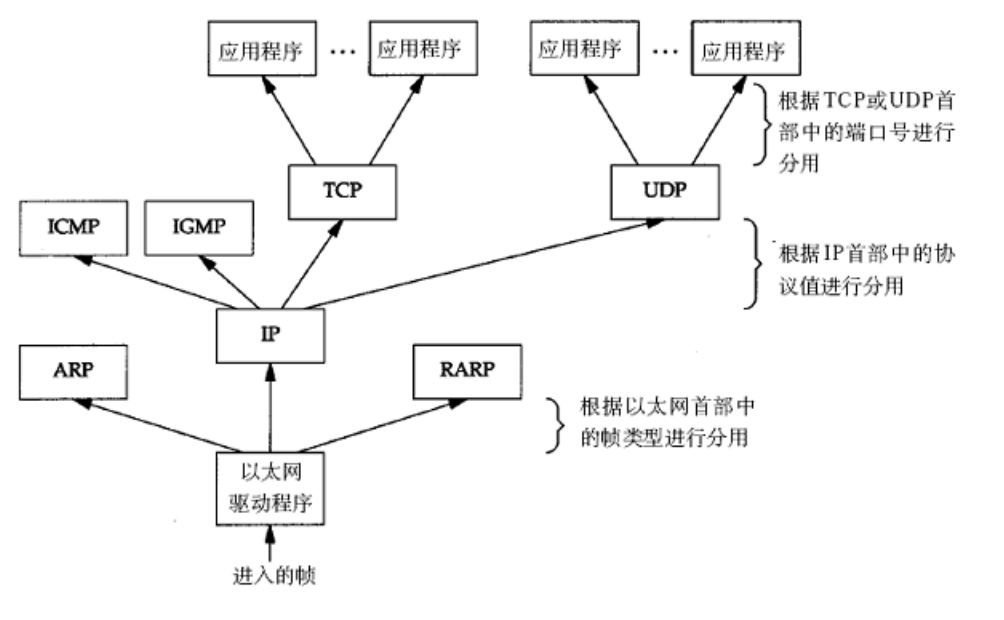

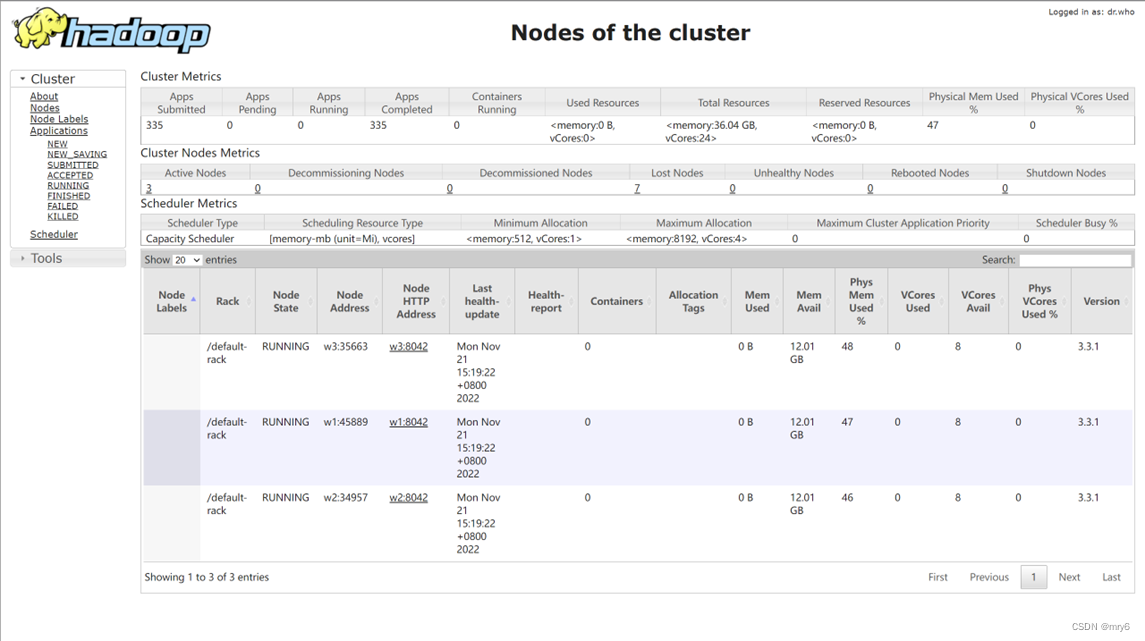





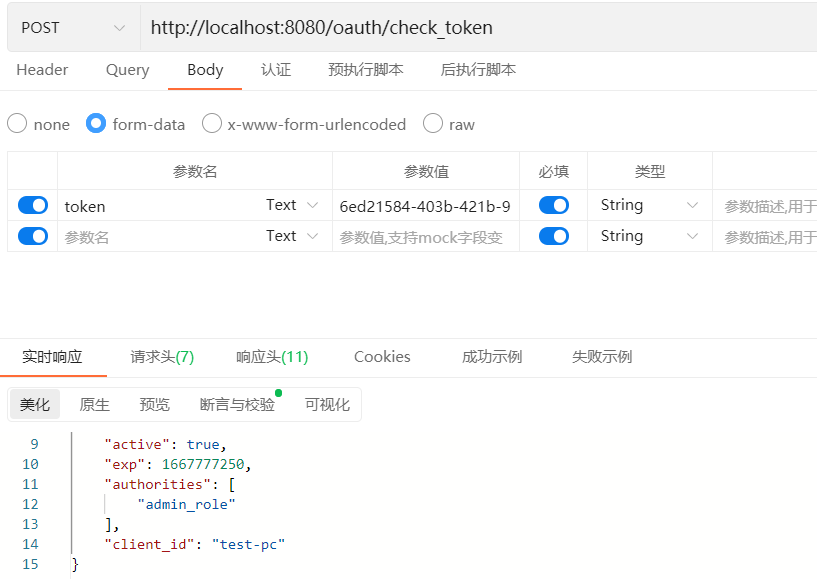


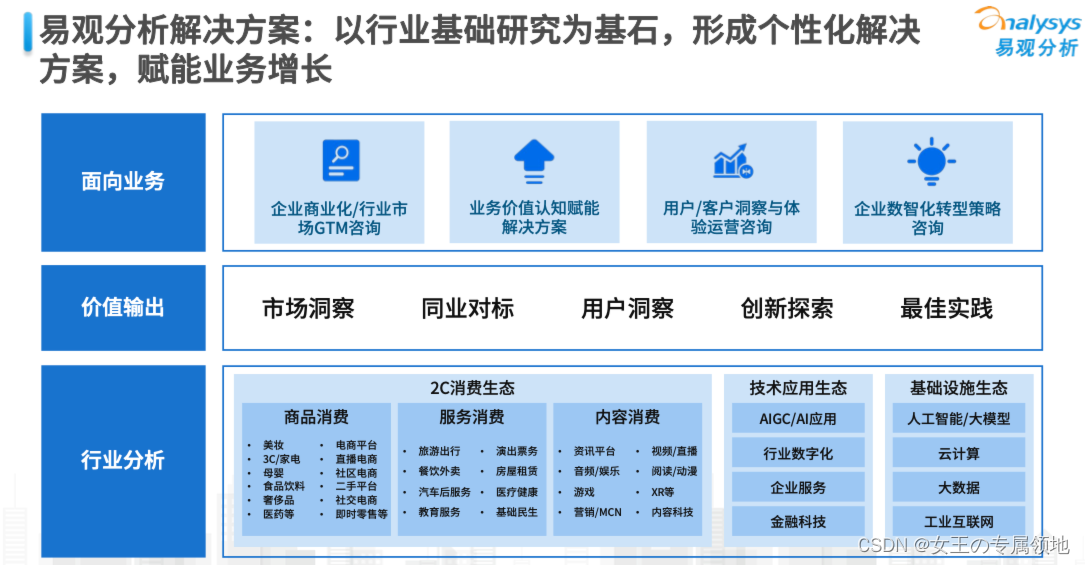
![[设计模式Java实现附plantuml源码~结构型]实现对象的复用——享元模式](https://img-blog.csdnimg.cn/direct/89a51d17748c4bd496e37b23387ed48e.png)
